How to Use a Rabbit Hay Feeder: A Step-by-Step Tutorial
Master the use of a rabbit hay feeder with our step-by-step tutorial, promoting a clean, healthy feeding environment for your bunny.
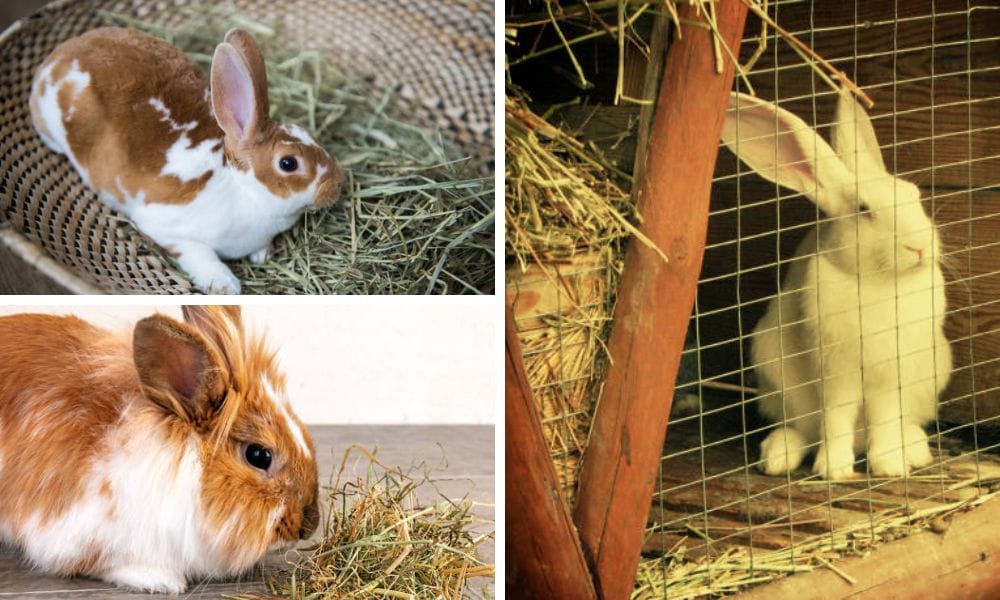
Rabbits are delightful companions that bring joy and happiness to our lives. As a responsible pet owner, ensuring that your bunny has access to fresh hay is crucial for their health and well-being. A rabbit hay feeder is an excellent tool to provide hay to your rabbits efficiently. This comprehensive guide will walk you through the process of using a hay feeder effectively.
Key Takeaways:
- Learn how to set up and use a rabbit hay feeder to keep your bunny healthy.
- Understand the importance of choosing the right material and quantity of hay for your feeder.
- Discover tips to maintain the hay feeder and keep your rabbit happy.
Choosing the Right Hay Feeder for Your Bunny
When it comes to selecting a rabbit hay feeder, consider the size of your bunny and the space available. Hay feeders come in various materials, such as wood or metal, and some can be attached to the cage for convenience. Opt for a feeder that is sturdy and safe for your rabbit to use. The right feeder will not only keep the hay clean and accessible but also prevent waste.
The material of the hay feeder is important as rabbits love to chew. A feeder made of rabbit-safe wood can double as a chew toy, providing both nourishment and entertainment. Ensure that all our items included in the feeder are non-toxic and safe for your bunny to interact with.
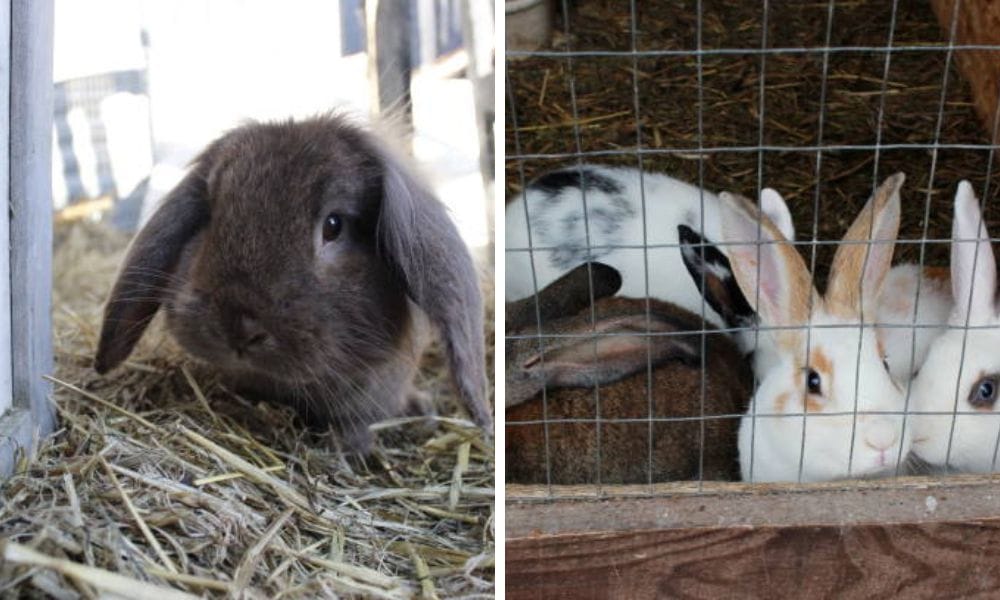
Setting Up Your Hay Feeder
Once you've chosen the perfect hay feeder, it's time to set it up. If you have a feeder that can be attached to the cage, make sure it's securely fastened to prevent it from tipping over. For standalone feeders, place them in an area that's easily accessible to your rabbit but won't obstruct their movement within their living space.
Add the hay to the feeder, but be mindful of the quantity. Overfilling can make it difficult for your rabbit to pull the hay out, while too little means you'll be refilling it constantly. Find a balance to ensure your bunny has enough hay to munch on throughout the day without overcrowding the feeder.
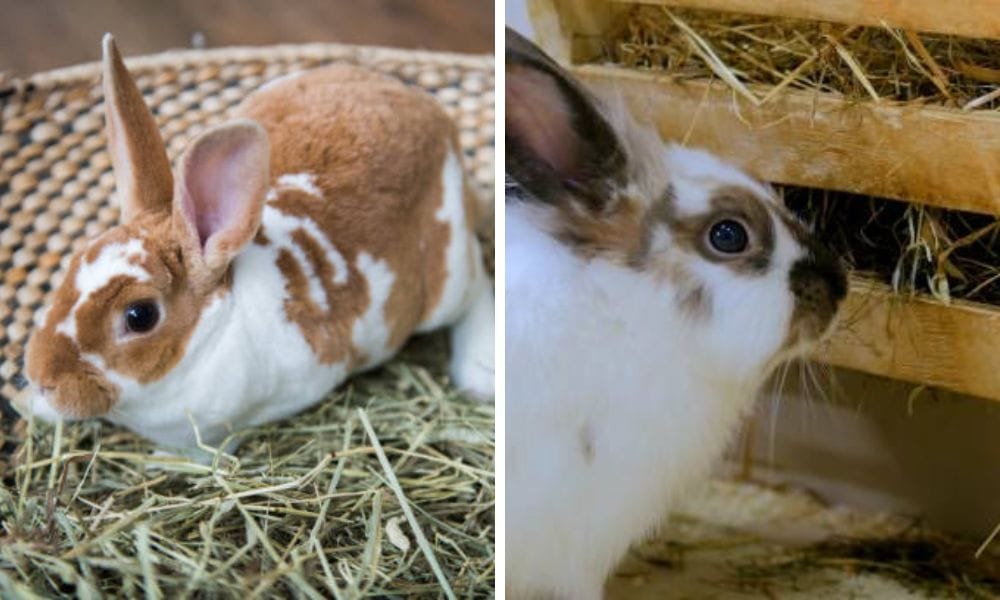
Integrating a Hay Feeder into Your Bunny's Environment
When introducing a rabbit hay feeder into your bunny's habitat, it's essential to consider the placement and integration with their existing space. Rabbits are creatures of habit, and a sudden change can be startling. To make the transition smooth, place the hay feeder near where your bunny typically eats or rests. This way, they can naturally discover and explore the new addition. It's also a good idea to sprinkle some of their favorite treats or herbs around the feeder to pique their interest. Remember, the goal is to make your rabbit feel that the hay feeder is a happy and rewarding part of their daily life.
Moreover, the design of the hay feeder can significantly impact how well it blends with your bunny's living area. Opt for a rabbit wood attached feeder if you're looking for a more natural look that complements wooden hutches or play areas. These feeders often come with the added benefit of being chew-friendly, which is excellent for your rabbit's dental health. If you have a more modern setup, there are sleek and minimalist feeders available that won't disrupt the aesthetic. Whichever style you choose, ensure it's sturdy and safe for your bunny to use, with no sharp edges or loose parts.
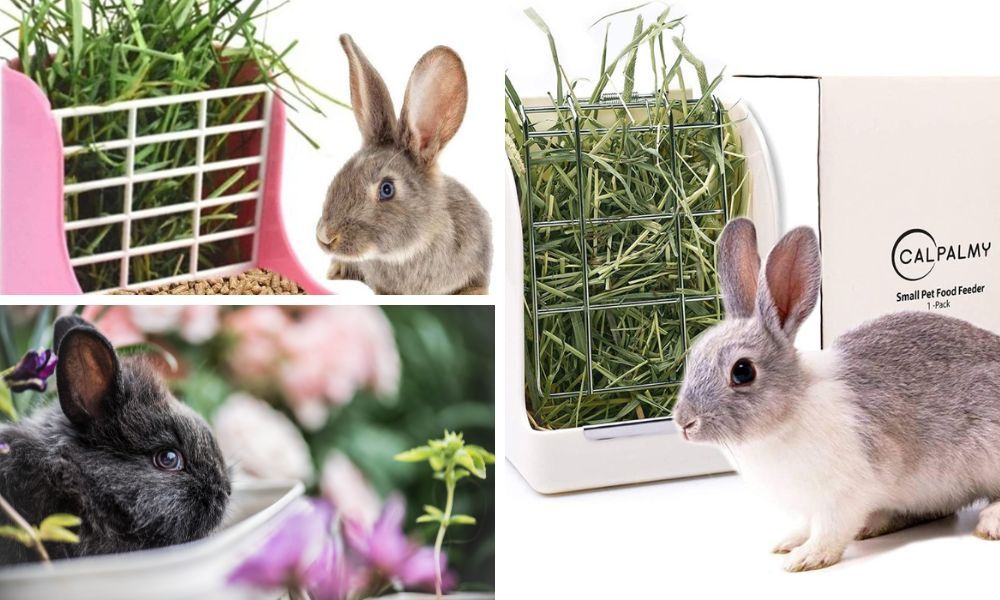
The Benefits of a Combo Hay Feeder
Have you ever considered a combo hay feeder for your rabbit? These innovative feeders offer a two-in-one solution that not only provides a constant supply of hay but also includes a section for other essential items like pellets or fresh vegetables. This design encourages your bunny to forage and nibble throughout the day, which is excellent for their digestive health and mental stimulation. With everything in one place, it's easier to monitor your rabbit's food intake and ensure they're getting a balanced diet. Plus, it can save space in your bunny's enclosure, leaving more room for them to hop and play.
The convenience of a combo feeder also extends to maintenance. With all your rabbit's food consolidated, cleaning becomes a breeze. You can simply add items to the feeder and remove any uneaten food during your regular cleaning routine. This helps to keep your bunny's environment tidy and hygienic. When choosing a combo feeder, look for one made from safe, durable materials that can withstand a rabbit's enthusiastic eating habits. Some feeders even come with detachable parts, making them even easier to clean and refill. Your bunnies will surely love the simplicity and fun of having their hay and treats all in one accessible spot.
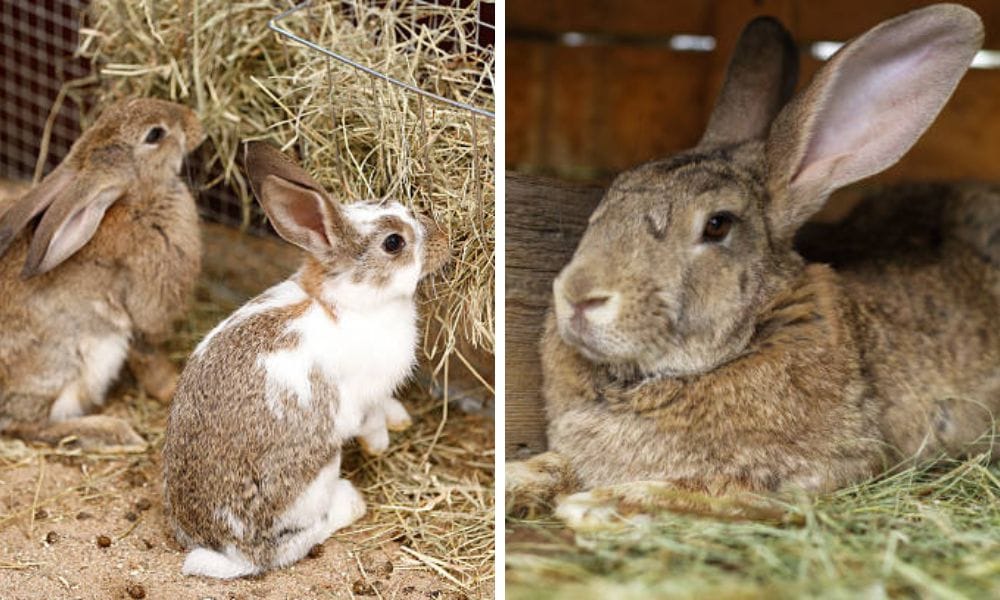
The Importance of Hay Quality and Quantity
The quality of hay you provide to your rabbit is just as important as the feeder itself. Rabbits require a high-fiber diet, and hay is the perfect source. Choose fresh, dust-free hay that's rich in fiber to promote your bunny's digestive health. Timothy hay is a popular choice among rabbit owners.
The quantity of hay your rabbit needs can vary based on their size and age. A good rule of thumb is to provide an amount of hay that's roughly the size of your rabbit each day. Monitor your rabbit's hay consumption and adjust the quantity as needed to ensure they're getting enough fiber in their diet.
Maintaining and Cleaning Your Hay Feeder
Regular maintenance of your hay feeder is essential to keep your rabbit healthy and happy. Remove any old or soiled hay daily to prevent mold and bacteria growth. Clean the feeder with a rabbit-safe disinfectant regularly to keep it hygienic.
If your hay feeder is made of wood, check for any signs of wear or sharp edges that could harm your rabbit. Sand down any rough spots and replace the feeder if it becomes too chewed up or damaged.
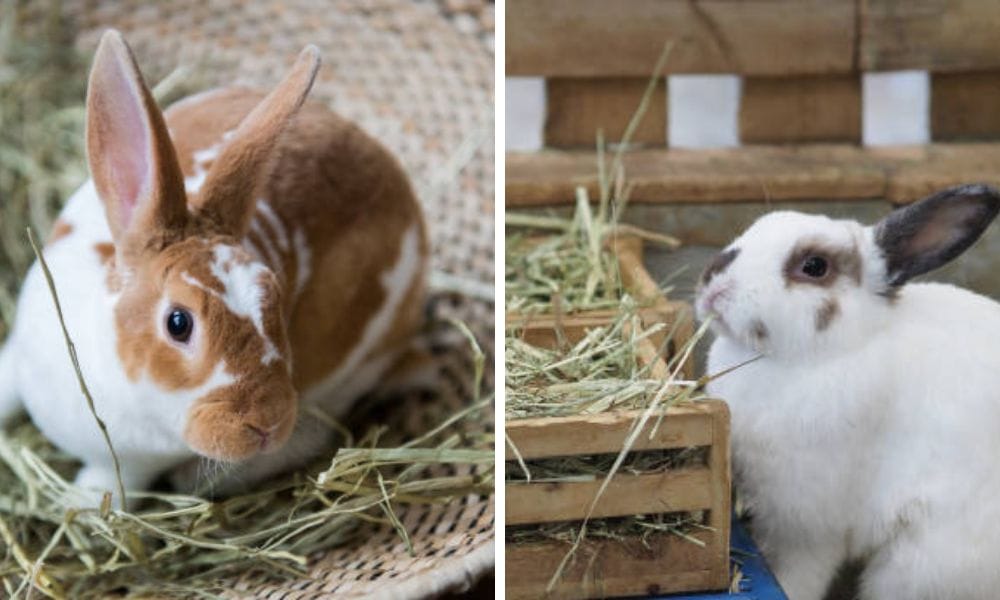
Encouraging Your Rabbit to Use the Hay Feeder
Some rabbits may be hesitant to use a new hay feeder at first. Encourage your bunny to explore and use the feeder by placing a small amount of their favorite treat, like a piece of fruit or vegetable, on top of the hay. Once they associate the feeder with positive experiences, they'll be more likely to use it regularly.
Observe your rabbit's interaction with the hay feeder. If they seem to struggle or lose interest, you may need to adjust the feeder's height or location. The goal is to make the feeder as inviting and comfortable to use as possible.
Summary
A rabbit hay feeder is a valuable addition to your bunny's habitat, promoting a healthy diet and clean living space. By choosing the right feeder, setting it up properly, and maintaining it, you can ensure that your rabbit has constant access to fresh hay. Remember to monitor the quality and quantity of hay, and make adjustments as needed to keep your bunny healthy and happy.
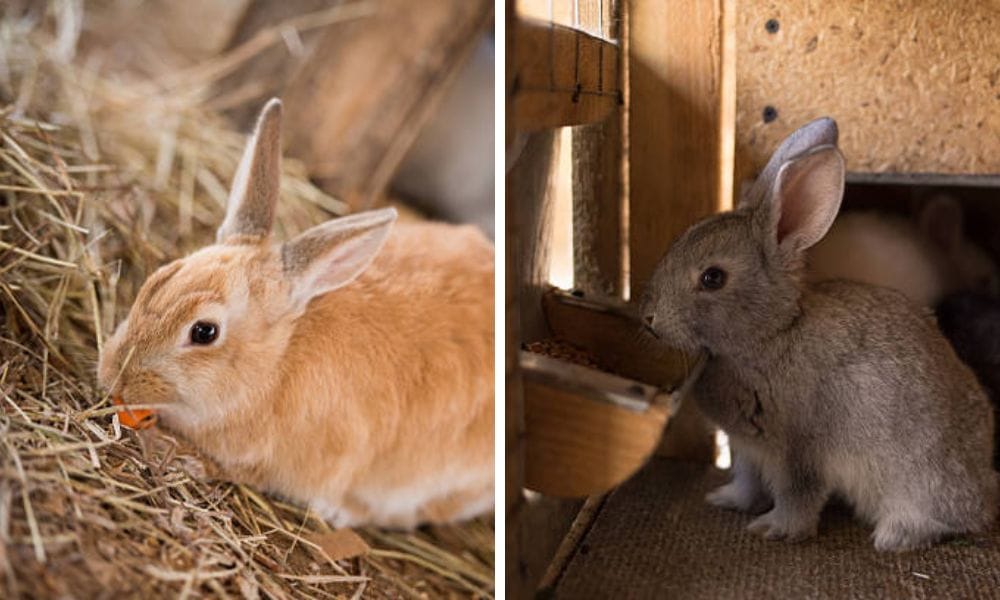
FAQ Section
Q: How often should I refill my rabbit's hay feeder? A: Refill your rabbit's hay feeder daily to ensure they have a constant supply of fresh hay. Adjust the quantity based on your rabbit's consumption.
Q: Can I use any type of wood for a wooden hay feeder? A: Not all wood is safe for rabbits. Choose a rabbit-safe wood like untreated pine or aspen for your hay feeder. Avoid woods that are toxic to rabbits, such as cedar or redwood.
Q: How do I know if my rabbit is eating enough hay? A: Your rabbit should be eating a bundle of hay about the size of their body each day. Monitor their hay intake and check for a consistent output of droppings, which indicates a healthy digestive system. If you notice a decrease in hay consumption or droppings, consult your veterinarian.

